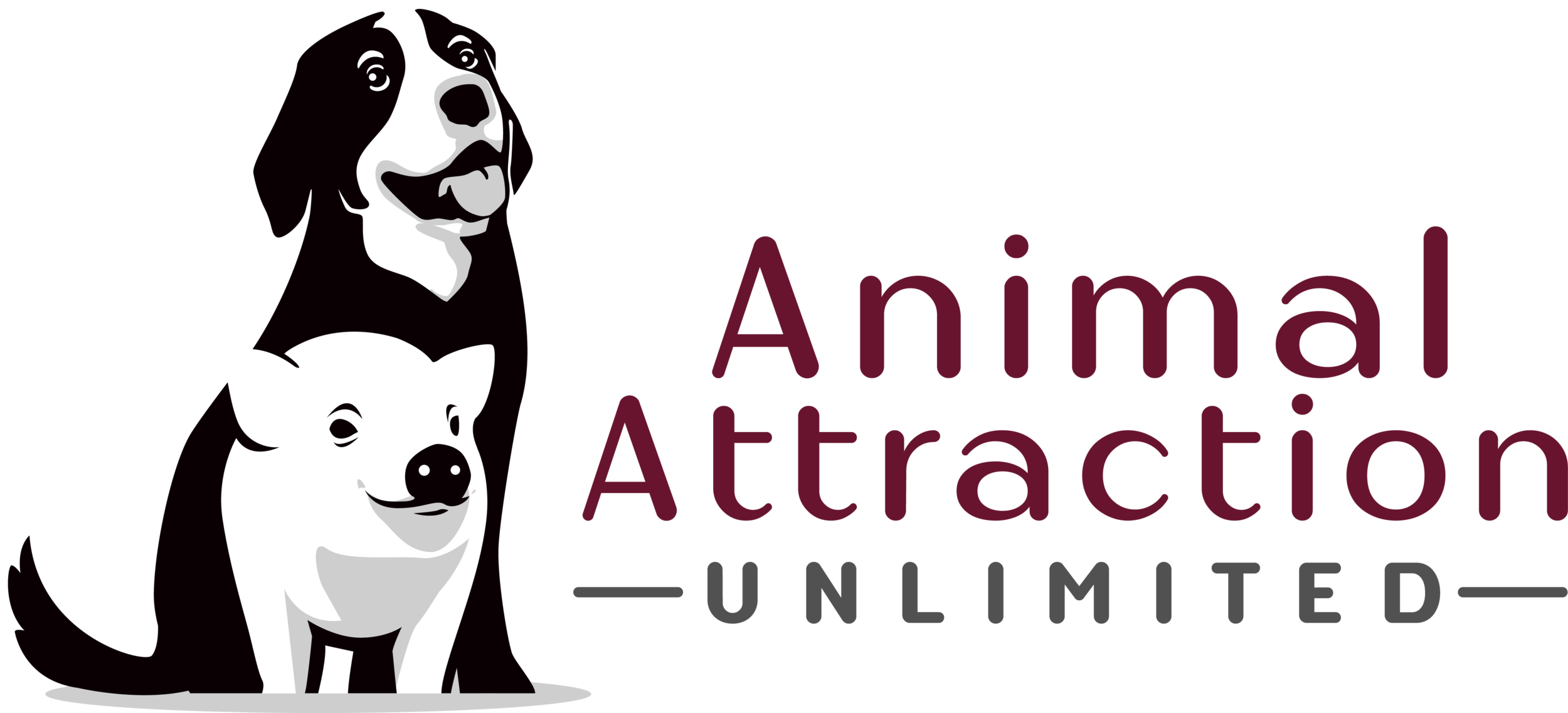Building Confidence in Shy Dogs: Incremental Exposure Techniques
Building Confidence in Shy Dogs: Incremental Exposure Techniques
Is your furry friend a wallflower at the dog park? Does a knock at the door send them scrambling for cover under the bed? You're not alone. Many dog owners have a shy or anxious pup, and while it's tempting to want to protect them from everything scary, the best thing we can do for them is help them build confidence.
The good news? Confidence isn't a trait dogs are born with or without—it's a skill they can learn. The key is using a gradual, patient approach known as incremental exposure. This technique involves slowly introducing your dog to things that make them nervous, but at a distance and intensity they can handle, ensuring the experience is positive.
Think of it like learning to swim. You wouldn't throw someone who's afraid of water into the deep end. Instead, you'd start with their feet in a kiddie pool, then move to the shallow end of the big pool, and so on. We can apply this same logic to our dogs.
Here’s how to put incremental exposure into practice:
Step 1: Identify the Triggers
First, you need to understand what makes your dog nervous. Is it loud noises, new people, other dogs, or certain objects? Keep a journal to track their reactions. Note what happens, where it happens, and how intense their reaction is (e.g., tucking their tail, hiding, trembling, or barking). This will be your roadmap.
Step 2: Start Small and At a Distance
The "incremental" part of the technique is crucial. The goal is to keep your dog below their "threshold" of fear, where they're aware of the trigger but not reacting with full-blown panic.
For Noise Sensitivity: If your dog is scared of thunderstorms, don't wait for a storm. Find a recording of thunder and play it at a very low volume. So low, in fact, that they barely notice it.
For Fear of Strangers: If your dog hides when people visit, ask a friend to stand across the street while you're outside. Don't let them approach. Just have them be present.
For Fear of Other Dogs: If your dog gets anxious around other canines, find a quiet park bench and observe other dogs from a safe distance. Keep them far enough away that your dog notices them but doesn't get stressed.
Step 3: Pair the Trigger with Something Positive
This is where the magic happens. While your dog is exposed to the trigger at a safe distance, give them something they absolutely love. High-value treats like chicken, cheese, or hot dogs work wonders. You can also use a favorite toy or a fun game.
The goal is to create a positive association: "When that scary thing is present, awesome things happen!"
For Noise Sensitivity: As the low-volume thunder plays, give your dog treats and praise.
For Fear of Strangers: While your friend is across the street, have a "party" with your dog, giving them treats and playing their favorite game.
For Fear of Other Dogs: While you sit on the park bench, continuously reward your dog for being calm while other dogs are in their sight.
Step 4: Slowly Decrease the Distance or Increase the Intensity
Over time, and as your dog shows they're comfortable, you can ever so slightly decrease the distance to the trigger or increase the intensity.
For Noise Sensitivity: Gradually turn up the volume of the recording.
For Fear of Strangers: Ask your friend to take a step closer each session.
For Fear of Other Dogs: Move to a bench that is a little closer to the dog path.
Important Reminders for Success:
Patience is Key: This is not a race. You might spend weeks or even months at a single step. Celebrate small victories!
Never Force It: If your dog shows signs of stress (panting, lip licking, yawning, or trying to escape), you've gone too far, too fast. Go back to a step where they were comfortable.
End on a High Note: Always end the session before your dog gets overwhelmed. It's better to have a short, successful session than a long, stressful one.
The Right Tools: A comfortable harness and a regular leash are great. Avoid anything that might cause pain or discomfort.
Building confidence in a shy dog is a journey, not a destination. By using these incremental exposure techniques with patience, love, and plenty of high-value treats, you can help your dog transform from a timid pup into a brave and happy companion. Remember, you're not just training a dog—you're building their trust and helping them see the world as a less scary, more exciting place.
